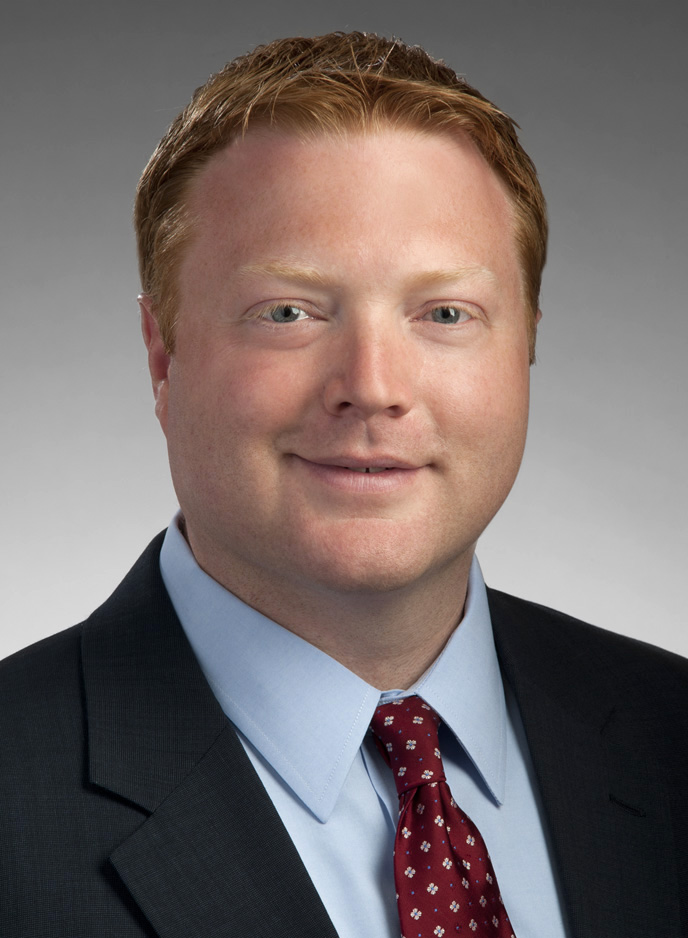Demand for Urban Apartments Crosses Demographic Lines
In recent years, thought leaders in the multifamily sector have explained the national surge of urban high-rise apartment development in cities as a way to meet demand from one demographic group: Millennials. Now, more people are recognizing that Baby Boomers play an equally important role. The notion that older Americans are as attracted to…
In recent years, thought leaders in the multifamily sector have explained the national surge of urban high-rise apartment development in cities as a way to meet demand from one demographic group: Millennials. Now, more people are recognizing that Baby Boomers play an equally important role.
The notion that older Americans are as attracted to high-rise apartment living as young people are isn’t new. Affluent empty nesters and active seniors have long driven apartment demand in places like Chicago’s downtown neighborhoods, where Golub & Company has been developing, redeveloping and managing apartments for decades. As more of the Baby Boom generation reaches retirement age, the need for apartments that fit their lifestyle and desire for convenience increases.
In recent years, the development focus shifted toward attracting Millennials, the largest and most visible force in the market. However, a recent analysis from the Federal Reserve Bank of Kansas City showed that the surge in young apartment-dwellers has not been single-handedly responsible for increased demand for urban rental housing.
The report, The Demographic Shift from Single-Family to Multifamily Housing, forecasts that apartment development will continue to meet strong demand while the single-family home market will grow more slowly, mainly for demographic reasons. In the multifamily market, “the main source of long-term demand is coming from aging baby boomers, and that’s going to continue for at least a decade,” according to the report’s author, senior economist Jordan Rappaport.
As a long-term developer, owner and manager of urban apartment buildings, Golub has created luxury multifamily housing to appeal to both younger and older renters. Now we’re seeing enough common interest across demographic lines that it’s increasingly feasible to create a luxury property that appeals to renters of all ages.
A prime example is the redevelopment of Chestnut Place, a high-rise, mixed-use apartment tower on the western edge of the Gold Coast. Built in 1980, the 30-story building was acquired by USAA Real Estate Company and Golub and Company in 2014 and is currently undergoing a significant renovation to appeal to renters across the demographic spectrum. New and upgraded amenities such as a large resident lounge, business center, wi-fi café, fitness center, patio and grilling area were designed to appeal to Millennials, while new high-end retail spaces with two-story facades made possible by the decision to move the residential entrance to Chestnut Street assures Baby Boomers that their home is truly part of the Gold Coast.
But what we’re seeing on the ground is that residents of all ages are attracted to many of the same features and amenities at and around Chestnut Place. We’re about halfway through a phased remodeling of the building’s 280 convertible, one-bedroom and two-bedroom apartments, and the finishes and features desired by the two demographic groups have more similarities than differences.
Similar demographic dynamics are at work in some of our other new and renovated apartment projects around Chicagoland, such as Moment and Sienna Flats in Streeterville and Vantage of Oak Park. Not every work-live-play neighborhood has the right mix of retail and amenities to draw both younger and older residents, but the ones that can achieve this balance are likely to have more sustainable success throughout the market cycle.
With the renovation of Chestnut Place, we like to say we’re reinventing the corner of State and Chestnut. Meanwhile, the neighborhood and others like it around the country may be reinventing the concept of city apartment living, by appealing equally to both of the demographic groups that are driving the market’s long-term growth.
—
Stephen Sise serves as Senior Vice President, Portfolio Management, Golub & Company








You must be logged in to post a comment.